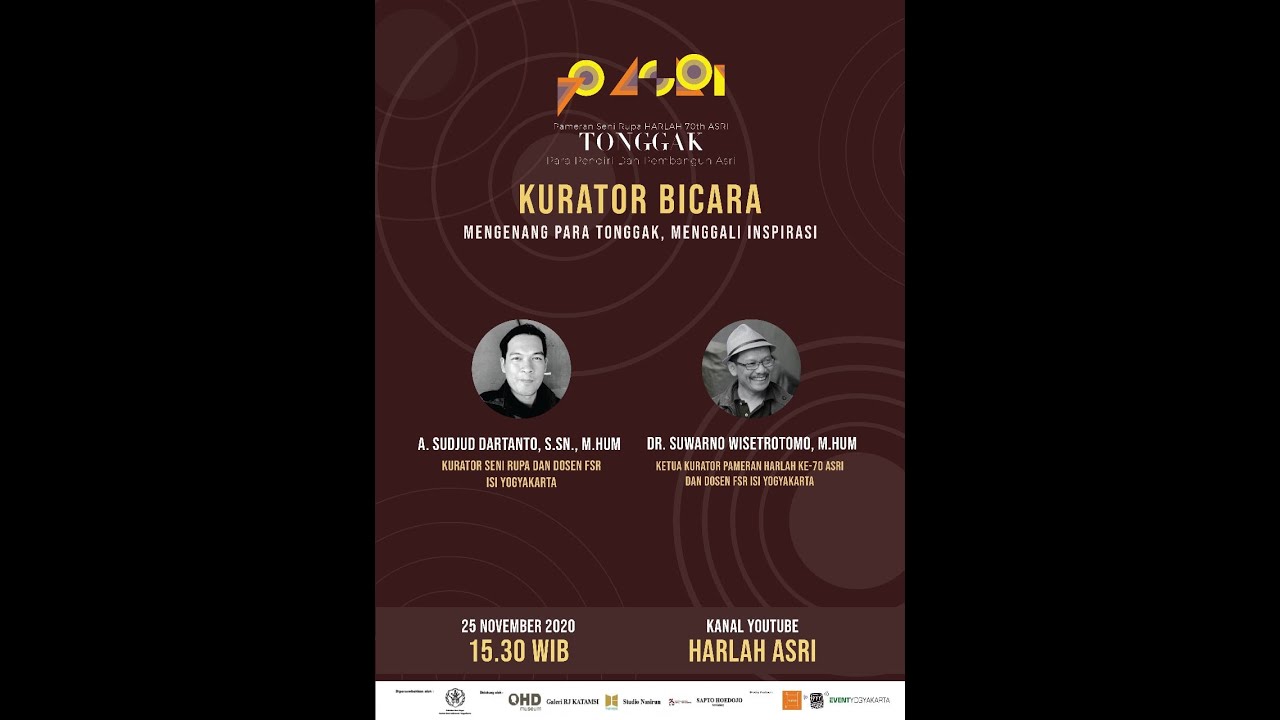Bronze Casting
Summary
TLDRPeter Schiffren, a faculty member at the Academy of Art University, guides viewers through the bronze casting process at the foundry. He explains that students create sculptures by hand, which are then prepared with wax sprues and encased in a ceramic shell. The molten bronze, heated to 2,000 degrees, is poured into molds representing the students' artworks. Schiffren highlights the transformation from liquid to solid in minutes, creating permanent sculptures. He reflects on the ancient roots of the art form, blending traditional techniques with modern technology, and expresses his passion for the craft.
Takeaways
- 😀 Peter Schiffren introduces the bronze casting process at the Academy of Art University.
- 🎨 Students create sculptures by hand, which are essential for the bronze casting.
- 🔗 A gating process connects wax sprues to the sculptures for pouring bronze.
- 🏺 The ceramic shell, created through ten dips, forms the mold for the bronze casting.
- 🔥 Molten bronze is poured at approximately 2,000 degrees Fahrenheit.
- ⚖️ The ratio of wax to bronze is significant: one pound of wax equals about ten pounds of bronze.
- 🔄 The process mirrors ancient Greek methods, enhanced by modern technology.
- ⏱️ The bronze cools from 2,000 degrees to a few hundred degrees in just minutes.
- ✂️ After cooling, the ceramic shell is broken away to reveal the bronze sculpture.
- 💖 Schiffren expresses his passion for bronze casting, emphasizing the joy of transforming organic forms into permanent metal.
Q & A
What is the purpose of the bronze casting process?
-The bronze casting process is used to create permanent sculptures from a temporary model, often made from wax or other materials.
How do students participate in the bronze casting process?
-Students create sculptures by hand, which are then used in the bronze casting process, along with their peers' artworks.
What are the initial steps involved in bronze casting?
-The initial steps include creating a sculpture, attaching wax sprues, and preparing a ceramic shell around the sculpture.
What does the cup in the process represent?
-The cup represents the combined artworks of multiple students, serving as a receptacle for the molten bronze during the pouring process.
What is the temperature at which bronze is melted?
-Bronze is melted at approximately 2000 degrees Fahrenheit.
What is the significance of the weight ratio mentioned between wax and bronze?
-The ratio of one pound of wax equaling about ten pounds of bronze helps in calculating the amount of bronze needed based on the size of the wax model.
What happens to the bronze after it is poured?
-Once poured, the bronze cools rapidly, transitioning from molten to solid in just a few minutes, after which the ceramic shell is broken off to reveal the sculpture.
How does Peter Schiffren describe his experience with bronze casting?
-Peter describes bronze casting as a fun and rewarding process that transforms organic, hand-crafted pieces into permanent metal sculptures quickly.
What historical aspect of bronze casting is mentioned?
-The script notes that the bronze casting process is similar to methods used by the Greeks in ancient times, though it incorporates modern technology.
What are the final steps after the bronze has cooled?
-After cooling, the shell is broken off, and the resulting bronze sculpture will have gates and sprues that need to be cut off to finish the piece.
Outlines

هذا القسم متوفر فقط للمشتركين. يرجى الترقية للوصول إلى هذه الميزة.
قم بالترقية الآنMindmap

هذا القسم متوفر فقط للمشتركين. يرجى الترقية للوصول إلى هذه الميزة.
قم بالترقية الآنKeywords

هذا القسم متوفر فقط للمشتركين. يرجى الترقية للوصول إلى هذه الميزة.
قم بالترقية الآنHighlights

هذا القسم متوفر فقط للمشتركين. يرجى الترقية للوصول إلى هذه الميزة.
قم بالترقية الآنTranscripts

هذا القسم متوفر فقط للمشتركين. يرجى الترقية للوصول إلى هذه الميزة.
قم بالترقية الآنتصفح المزيد من مقاطع الفيديو ذات الصلة

Der Erzgießer von Nürnberg | Der Letzte seines Standes

How ancient Chinese bronzes were created

KURATOR BICARA : A. Sudjud Dartanto dan Suwarno Wisetrotomo - Episode Kedua

PANDUAN SKILLS LAB ASUHAN PERSALINAN NORMAL FAKULTAS KEDOKTERAN UNIMUS

PANDUAN SKILLS LAB PEMERIKSAAN FISIK KUSTA FAKULTAS KEDOKTERAN UNIMUS

How to make a propeller sand mold
5.0 / 5 (0 votes)
